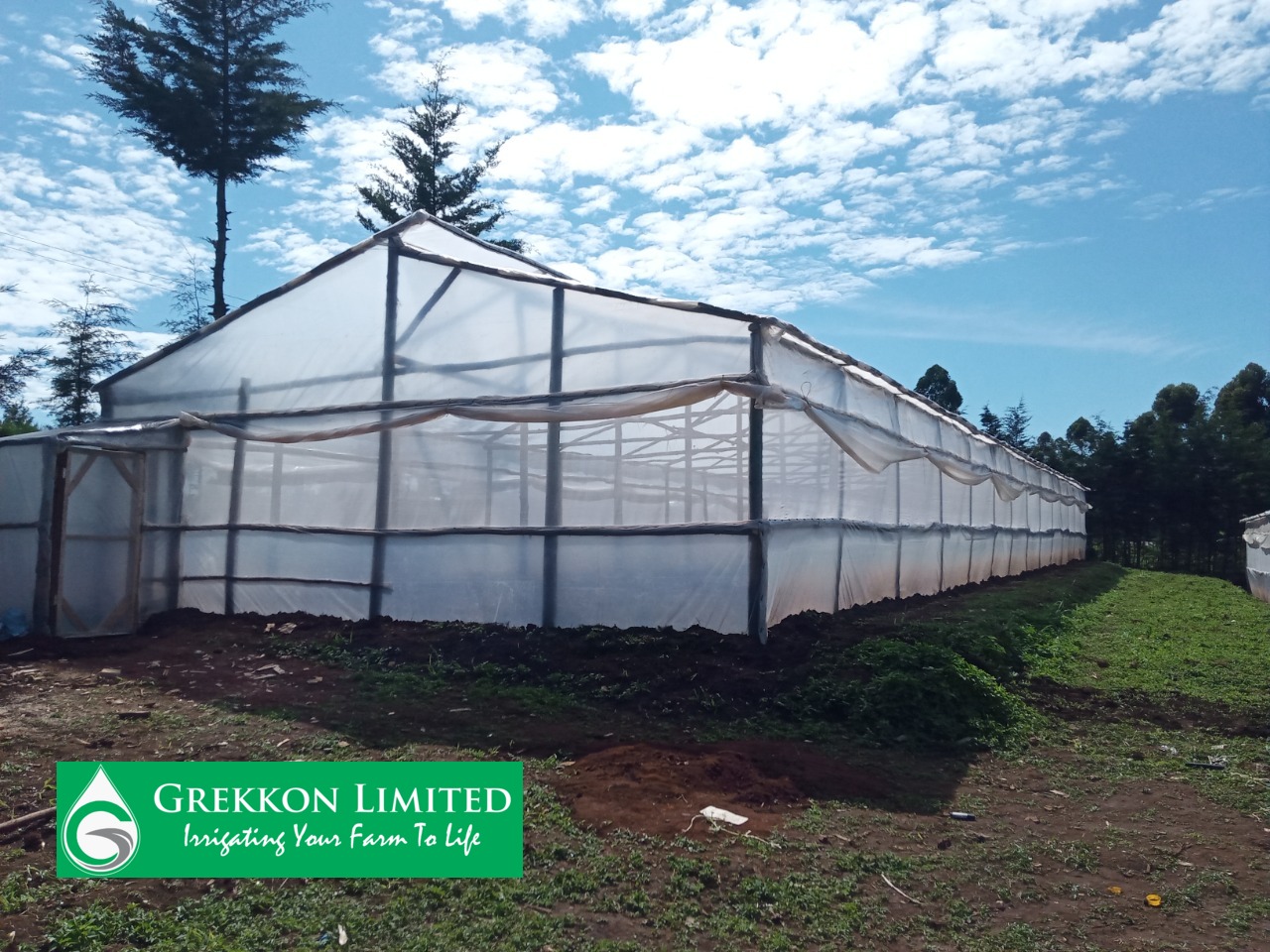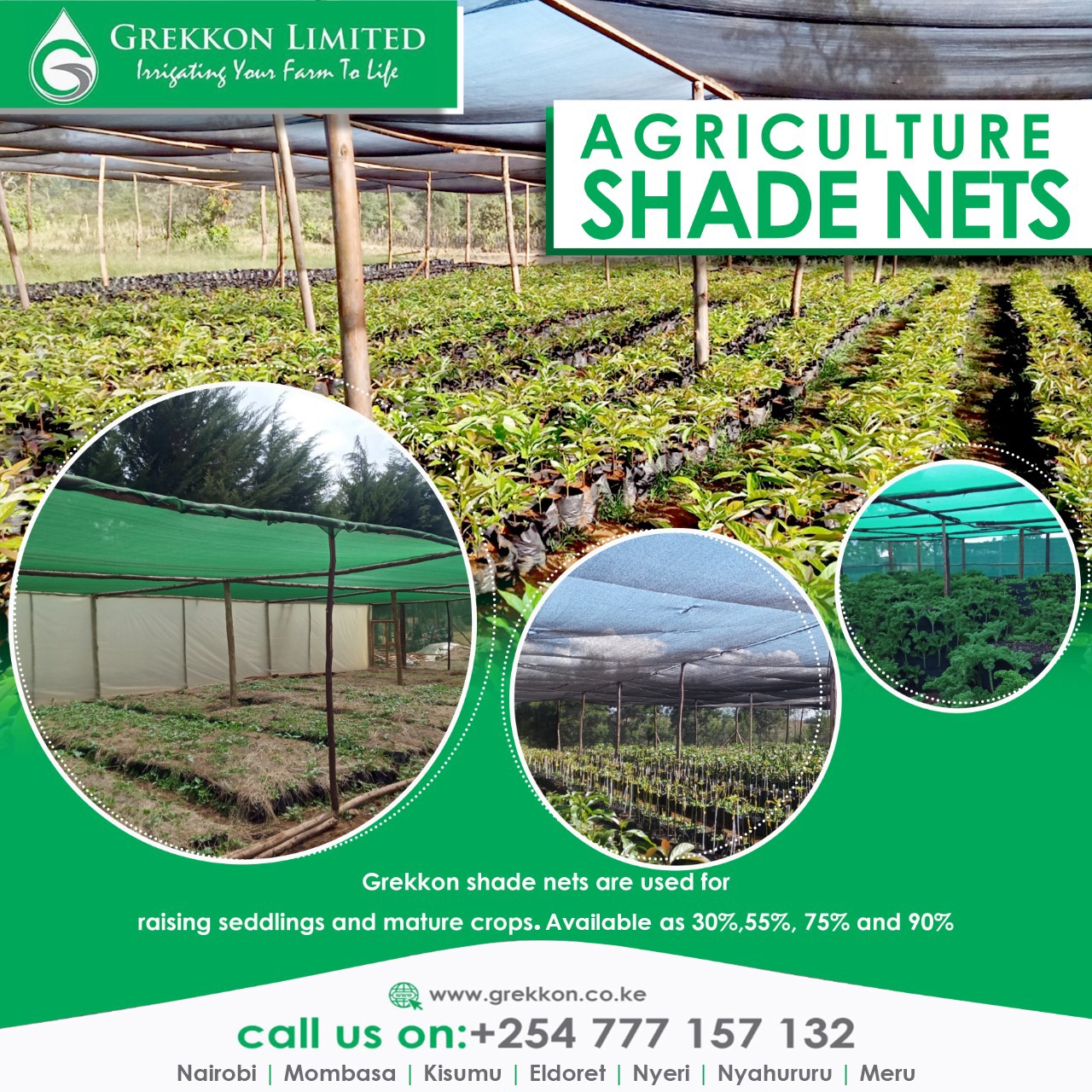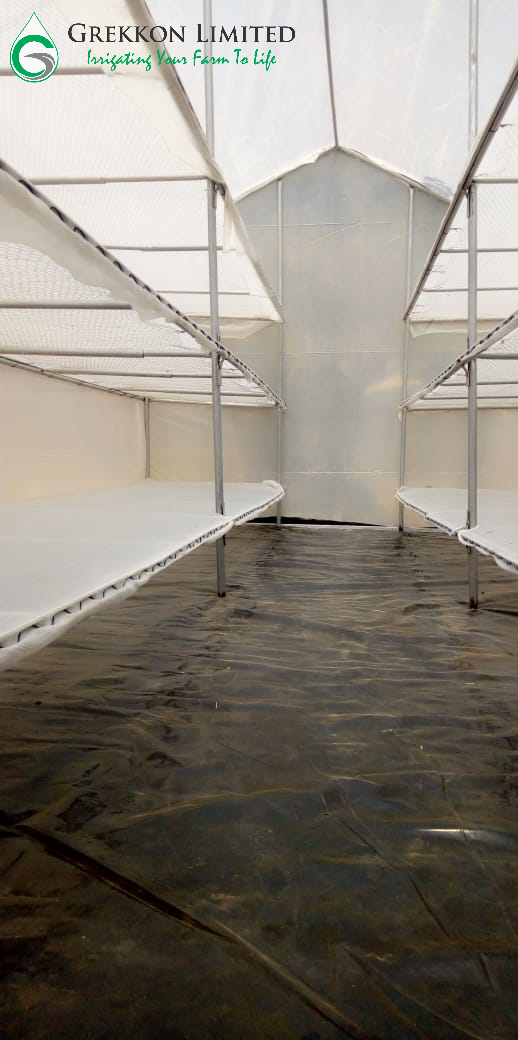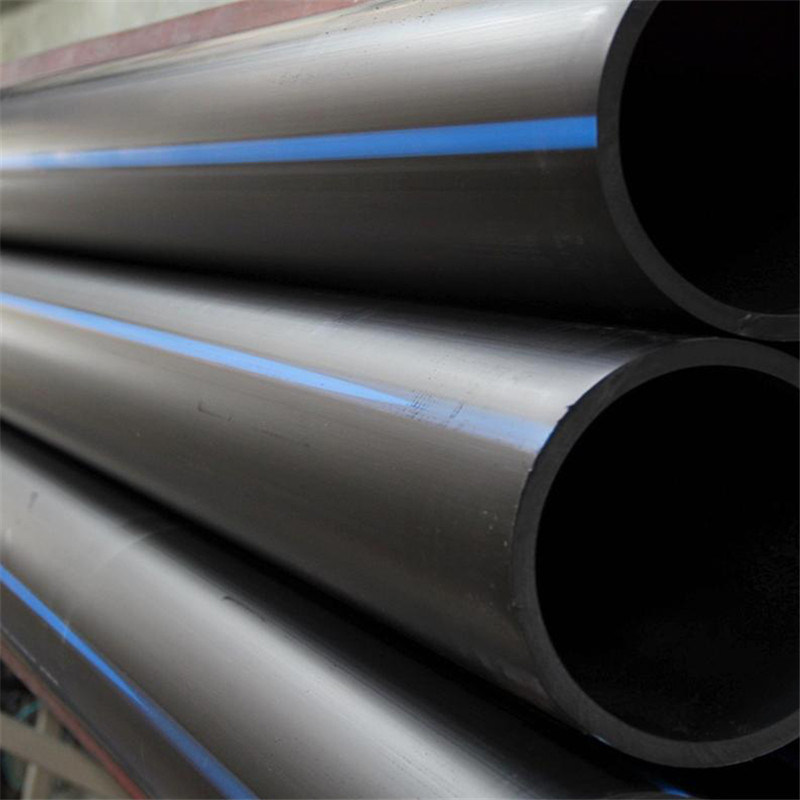Wooden Greenhouses In Kenya
Wooden greenhouses in Kenya preceded the now common metallic greenhouses in the country. They are cheaper to build but have a lower lifespan than metallic ones. Popular crops grown in wooden greenhouses in Kenya are;
- ornamentals such as roses (most common), carnations, chrysanthemums
- herbs and spices, which are rosemary, mint, geraniums, lemon grass
- vegetables like indeterminate tomato (most common), cucumber, capsicums, chilies
- fruits such as strawberry
- cereals, in this case barley as animal feed
Greenhouse structures are also for production of seedlings, and rooting of stem cuttings. Here, improvements like misters, or foggers to raise humidity are present

Wooden greenhouse prices in Kenya by Grekkon Limited are by size and choice of timber. This low cost greenhouse construction in Kenya takes the same amount of time to build as metallic greenhouses. In our local greenhouse construction, we include the following components
- A sanitary pouch. This is for disinfection of hands and feet as one enters the greenhouse. Personal protective equipment, tools and other material are kept here to avoid external contamination. This reduces the incidence of pests and diseases in the greenhouse
- A drip irrigation system. This has; a HDPE main line, HDPE fittings, drip tapes, ball valves and drip irrigation fittings
- Sides and roof top ventilation. Insect nets cover these ventilations to prevent insect pest entry into the greenhouse
- Side roll ups. The polythene on the side is rolled up and down to manage temperature and humidity in the greenhouse. Keep it down when cold, roll it up when hot to allow in cool air, and to let out hot air
- Treated timber. Construction timber is in different sizes and shapes
- Greenhouse polythene. The cost of greenhouse polythene is the same whether it’s wooden or metallic. The color of the greenhouse cover depends on the crop type. We do yellow greenhouse sheets for mono color flowers, and none fruiting crops. For bi or multi color flowers, and fruiting crops, we install clear greenhouse polythene. This is because the latter allows more light, hence higher photosynthesis
How To Construct Timber Greenhouses
i. Know the crop type to plant. This will guide on the greenhouse design and amount of material to use. For instance, a tomato greenhouse will take more material than one with herbs. This is because tomato will require training, and herbs won’t. It also guides on the greenhouse paper to cover with. You will have more light for fruiting crops like tomato, capsicum, chilli, cucumber, and strawberry, or bi/ multicolored flowers. Have a clear polythene for these. Mono-color flowers will have the yellow polythene cover
ii. Determine the plant population you need. This informs the area of the greenhouse
iii. Once you determine the amount of timber required based on the greenhouse area, treat it. This is to prevent weevils and termites from attacking the timber which reduces it’s lifespan. Do not apply motor oil on the timber as treatment. This is because it will contaminate food crops in the greenhouse
iv. Your construction design is the vented type. The tunnel type design is only possible with steel greenhouses
v. Cover the roof and side ventilations with an insect net. Select the high density gauge which is effective in keeping away white-flies
vi. Make the beds according to the crop type. Beds are important in managing drainage. For seedling production, set up the tables 1M high
vii. Set up the drip irrigation system on the beds. For seedling production, set up he misting or fogging system above. The misters or foggers are 1M apart
Cost of Wooden Greenhouses In Kenya
Wooden greenhouse pricing is by structural size.
| Dimensions in meters | Tomato Crop Population | Price in KES |
| 15 x 8 | 600 | KES 140,000 |
| 24 x 8 | 800 | KES 160,000 |
| 30 x 8 | 1,200 | KES 190,000 |
| 30 x 16 | 2,500 | KES 370,000 |
How to Choose Greenhouse Nets
Greenhouse nets allow for ventilation of the crops, and personnel working in the unit. Below are the consideration made when deciding the choice of greenhouse net to install on the sides
1. Crop type. Some crop types require higher light intensity than others. In this case, a lower shade % net is appropriate for the former. Fruiting crops such as; tomato, strawberry, capsicums, and so on require more light than leafy vegetables. Examples are; cabbage, spinach, collards, kale etc.
2. Crop stage of growth. The shade net in the nursery will block out more heat, than the one for established crops in the field
3. Location of the farm. In the highlands where the heat intensity is less, a lower shade net will protect crops well. In the mid to low altitudes where it’s hotter, a higher shade net works best.
4. Latitude. Countries such as Kenya lie along the equator where solar radiation is high. Your choice of greenhouse net will have higher UV treatment than that of a temperate region





